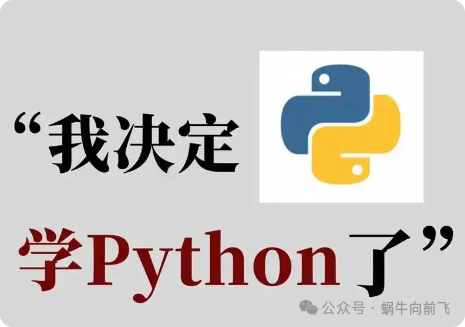
Strings are one of the most commonly used data types in Python, and mastering basic string operations is crucial for beginners.
This article will provide a detailed explanation of string creation, concatenation, slicing, and formatted output to help you quickly get started with string operations in Python.
1. Creating and Representing Strings
In Python, a string is an immutable sequence type used to store text data. You can create a string using single quotes (‘), double quotes (“), or triple quotes (”’ or “””).
-
Single and Double Quotes:
str1 = 'Hello'
str2 = "World"
-
Triple Quotes: If you need to include multi-line text or special characters, you can use triple quotes:
multi_line_str = '''This is a
multi-line string'''
print(multi_line_str)
-
Escape Characters: In strings, certain characters like newline (
) and tab ( ) need to be represented using escape characters:
print("Hello\nWorld") # Output: Hello
# World
2. Basic String Operations
Mastering basic string operations is fundamental to programming. Here are some common string operation methods:
-
Indexing and Slicing: Strings support indexing and slicing operations. You can access individual characters in a string through indexing, while slicing allows you to obtain substrings.
s = "Hello, World!"
print(s[0]) # Output: H
print(s[7:12]) # Output: World
print(s[::2]) # Output: Hlo ol!
-
Indexing: Starts from 0, for example, s[0]represents the first character. -
Slicing: You can obtain a substring by specifying the start and end positions, for example, s[7:12]represents characters from the 8th to the 12th character (excluding the 12th character). -
Step: You can control the interval of slicing via the step parameter, for example, s[::2]means to take every second character.
-
String Concatenation: You can concatenate two or more strings together using the plus sign (+).
greeting = "Hello"
name = "John"
message = greeting + ", " + name + "!"
print(message) # Output: Hello, John!
-
Repeating Strings: You can repeat strings using the multiplication operator (*).
print("Hello" * 3) # Output: HelloHelloHello
3. Formatted Output of Strings
Formatted output is a way to insert variables into strings, making the output more flexible and aesthetically pleasing. Python provides several formatting methods:
-
% Formatting: You can insert variables into strings using the % operator.
name = "John"
age = 30
print("My name is %s and I am %d years old." % (name, age))
# Output: My name is John and I am 30 years old.
-
str.format() Method: The str.format()method is the recommended formatting way in Python, providing more powerful features.
print("My name is {} and I am {} years old.".format(name, age))
# Output: My name is John and I am 30 years old.
-
f-string (Python 3.6+): f-string is a new formatting method where you can prefix the string with f or F and directly use variables within the string.
print(f"My name is {name} and I am {age} years old.")
# Output: My name is John and I am 30 years old.
4. Common String Methods
In addition to basic operations, Python also provides many string methods for processing and analyzing strings:
-
Case Conversion:
-
upper(): Converts the string to uppercase. -
lower(): Converts the string to lowercase. -
title(): Converts the first letter of each word to uppercase.
print("hello".upper()) # Output: HELLO
print("HELLO".lower()) # Output: hello
print("hello".title()) # Output: Hello
-
Finding and Replacing:
-
find(): Finds the position of a substring in the string. -
replace(): Replaces substrings in the string.
text = "Hello, world!"
index = text.find("world") # Returns the position of the substring "world", which is 6
print(index)
new_text = text.replace("world", "Python")
print(new_text) # Output: Hello, Python!
-
Splitting and Joining:
-
split(): Splits the string into a list based on the specified delimiter. -
join(): Joins the elements of a list into a single string.
words = text.split(", ") # Splits the string using comma and space as the delimiter
print(words) # Output: ['Hello', 'world!']
joined_text = "/".join(words)
print(joined_text) # Output: Hello/world!
-
Trimming Whitespace:
-
strip(): Removes whitespace from both ends of the string. -
lstrip(): Removes whitespace from the left side of the string. -
rstrip(): Removes whitespace from the right side of the string.
whitespace_str = " Hello World! "
print(whitespace_str.strip()) # Output: Hello World!
print(whitespace_str.lstrip()) # Output: Hello World!
print(whitespace_str.rstrip()) # Output: Hello World
Conclusion
Through this article, you should have mastered the basic operations and common methods of strings in Python. These skills are essential for handling text data, with wide applications in data analysis, web development, and automation scripting. I hope you continue to delve deeper into Python and continually improve your programming skills through practice.